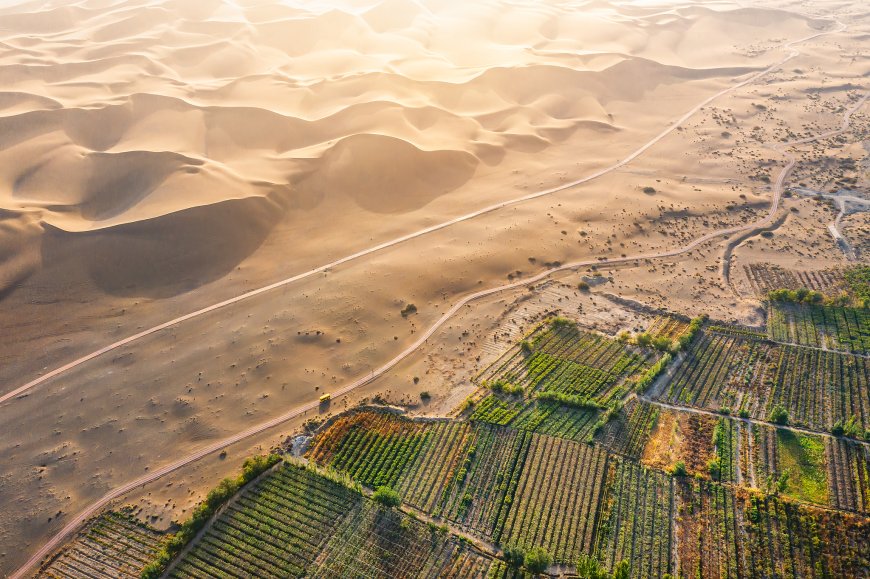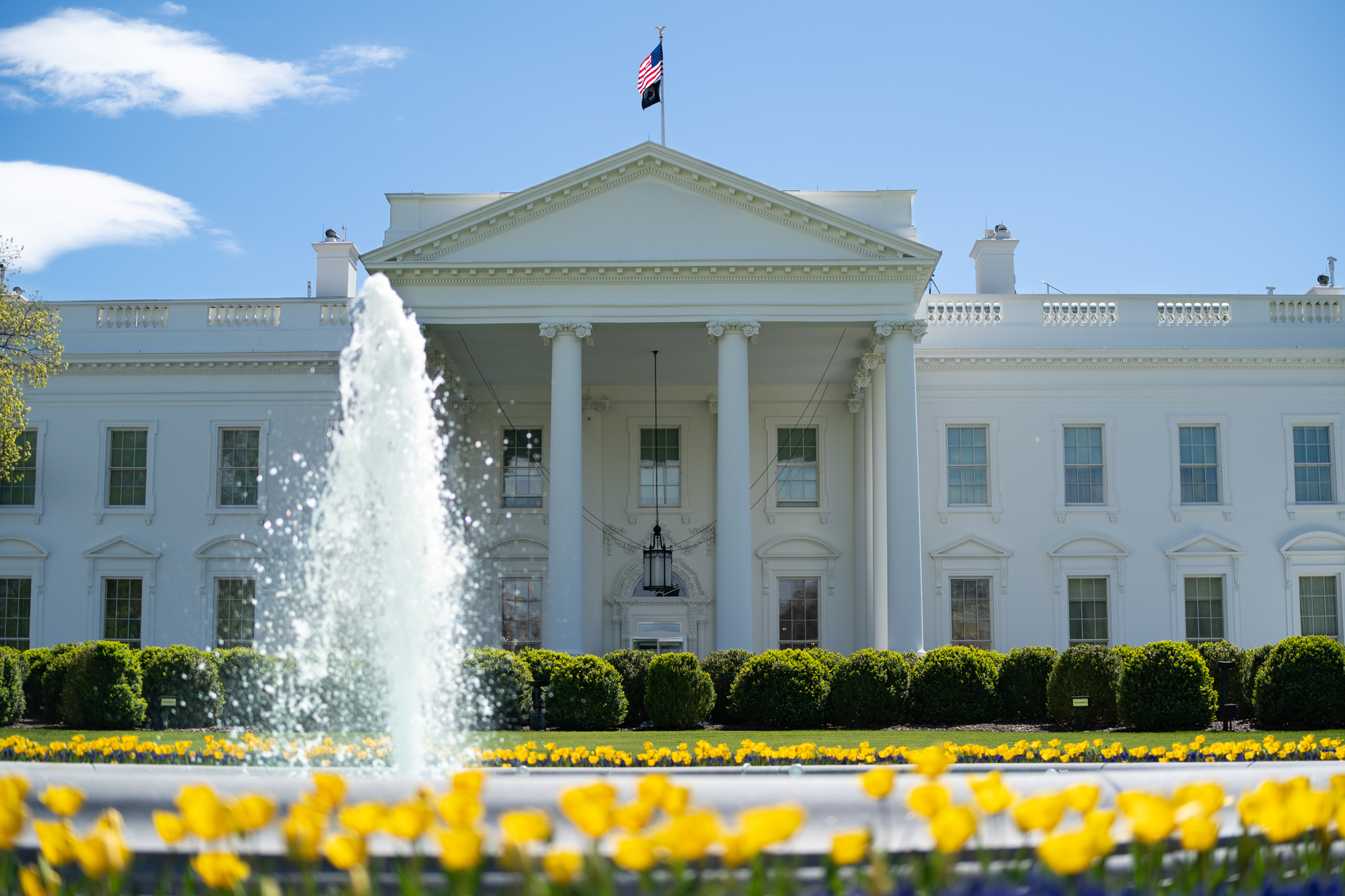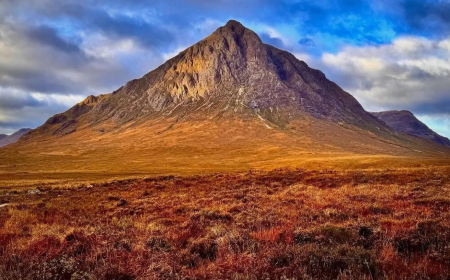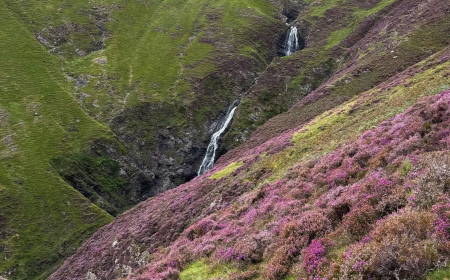Land restoration unlocks green opportunities
Under the theme "Restore the Land. Unlock the Opportunities," the World Day to Combat Desertification and Drought 2025 highlights that restoring land – the foundation of nature – can create jobs, bolster food and water security, support climate action and strengthen economic resilience.

Over the past decade, China has intensified its comprehensive desertification control efforts, treating more than 24 million hectares of sandified land and setting aside nearly 1.9 million hectares as protected enclosures. By 2019, its desertification index fell to 2.24 and its sandification index to 2.85 – a 0.04 and 0.21 improvement since 2014 – and soil wind erosion across the country's eight major deserts and four sandy lands dropped by about 40 percent compared with 2000.
As a flagship initiative, the Three‑North Shelterbelt Forest Program (TSFP) has operated for over 40 years, rehabilitating more than 85 million hectares of degraded grassland and controlling soil erosion on nearly 45 million hectares. Within the project zone, forest cover rose from 5.05 percent in 1977 to 13.84 percent today; 61 percent of eroded land is now stabilized, and 30 million hectares of farmland have been effectively protected.
In key areas such as Minqin County in northwest China's Gansu Province, an integrated approach – combining water, soil, climate and biology – has driven the greening transformation in the desert. In this desert receiving only 120.8 mm of annual rainfall, planting survival rates have soared to 95 percent, turning once‑drifting dunes into stable oases.
China's largest desert – the Taklimakan – has seen its ecological barrier fully linked up, marking a milestone in regional desertification control and safeguarding vital ecological security.
Modern science continues to empower these efforts: by November 2024, China had established 26 desert ecosystem observatories and 13 dust‑storm monitoring stations, replicating proven models from Shapotou in northwest China's Ningxia Hui Autonomous Region and Saihanba in northwest China's Hebei Province.
From the 1980s, the grass‑grid method pioneered at Shapotou was promoted globally by United Nations Development Programme. More recently, the Chinese Academy of Sciences' desert research station at Shapotou developed an artificial technique – spraying cultured blue‑green algae into grass-grid barriers to form a preliminary soil crust in just two to three years – offering a powerful new tool for bio‑engineering sand control.
Land restoration has also drawn rare wildlife back. At northwest China's Qinghai Lake, Chinese mountain cats and white‑lipped deer have reappeared, and sightings of black‑necked cranes, black storks and whooper swans have increased. By 2024, the black‑necked crane population in Qinghai Province reached over 2,600, a gain of 1,400 in 10 years. The Sanjiangyuan snow leopard monitoring project, launched in late 2022, has collected nearly 270,000 video clips and 450,000 images, documenting solitary and group snow leopard behaviors and even capturing their calls.
China was the first country to achieve zero net land degradation and has received the United Nations Convention to Combat Desertification Secretariat's "Outstanding Contribution to Desertification Control" award three times.
Over the years, China has shared its experience globally, partnering through the Forum on China–Africa Cooperation and the China–Arab States Cooperation Forum with initiatives like the Great Green Wall and Middle East Green Initiative.
In 2023, it established the China‑Arab International Research Center on Drought, Desertification and Land Degradation, and inaugurated the China-Mongolia Cooperation Center for Combating Desertification to support Mongolia's "One Billion Trees" campaign.
China's experience shows that, by blending traditional engineering with cutting‑edge science and community engagement, degraded lands can be revitalized, and in doing so, unlock a wealth of green opportunities for both people and nature.






































/file/attachments/2984/kevin_927177_ac6b66996c6681fa673210c6013a08c2.jpg)
















